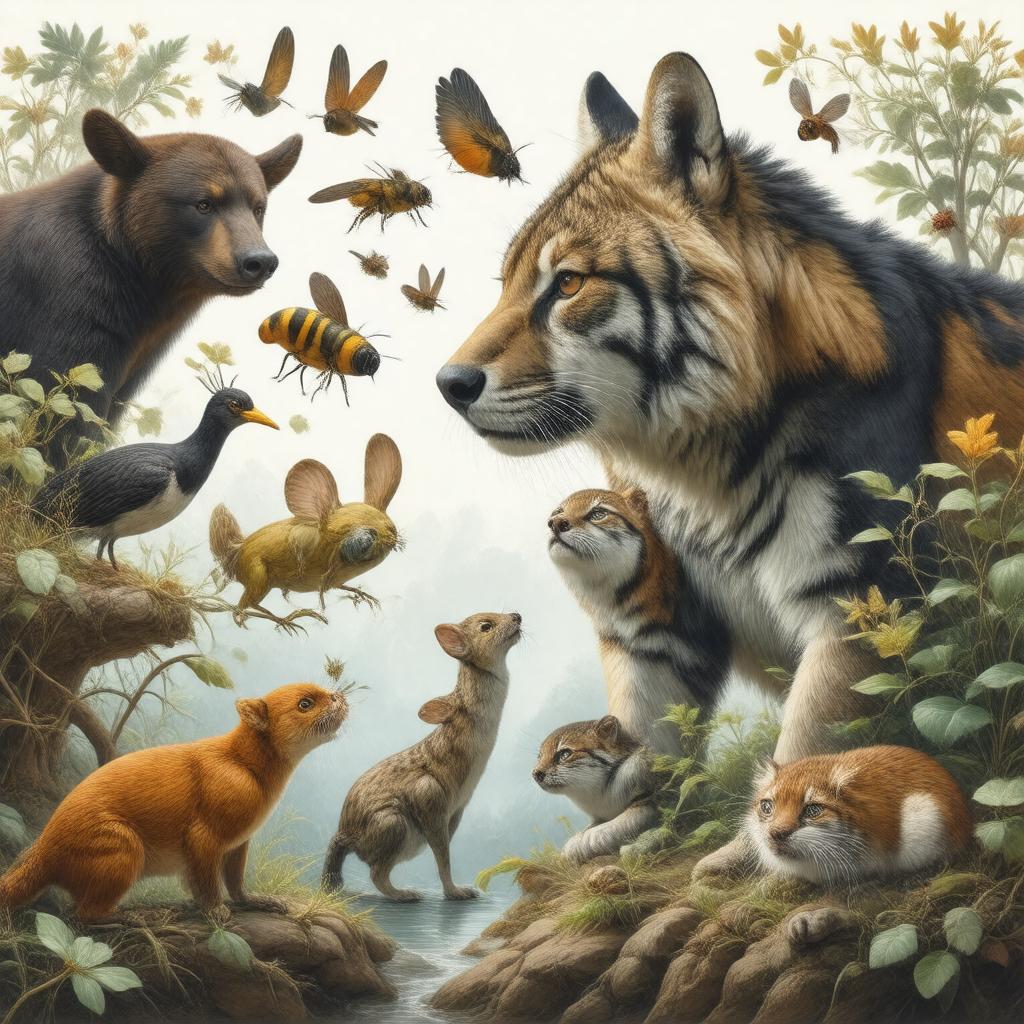
AI-created image
Statements (30)
| Predicate | Object |
|---|---|
| http://www.w3.org/2000/01/rdf-schema#subClassOf |
gptkb:Environment
|
| gptkbp:alternativeName |
animal
Animal Animal_group Animale Cetacean Mammal Mammifère Mamífero Säugetier Säugetiere animal_actor animal_behavior behavior mammal mamífero marine_animal marsupial social_behavior животное млекопитающее בעלי_חיים प्राणी 动物 动物门 動物 哺乳动物 哺乳類 동물 |
| http://www.w3.org/2000/01/rdf-schema#label |
Animalia
|